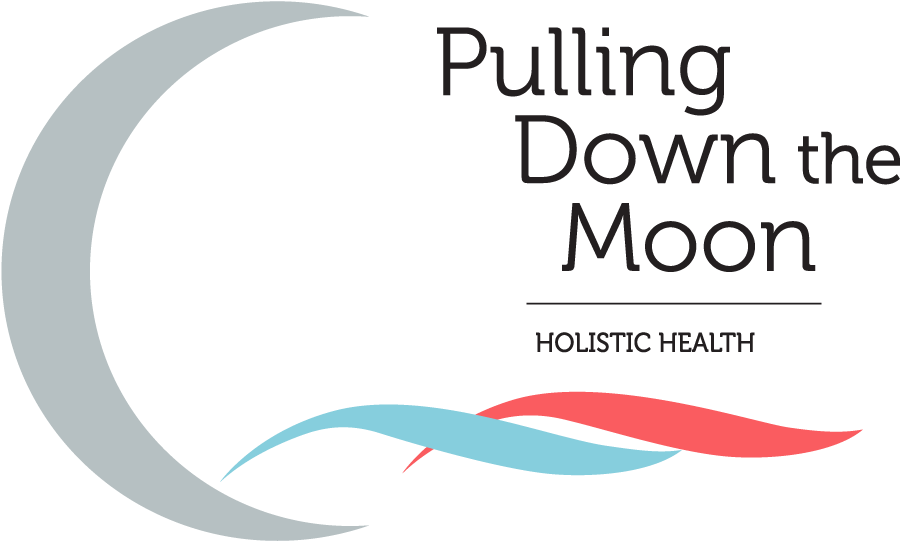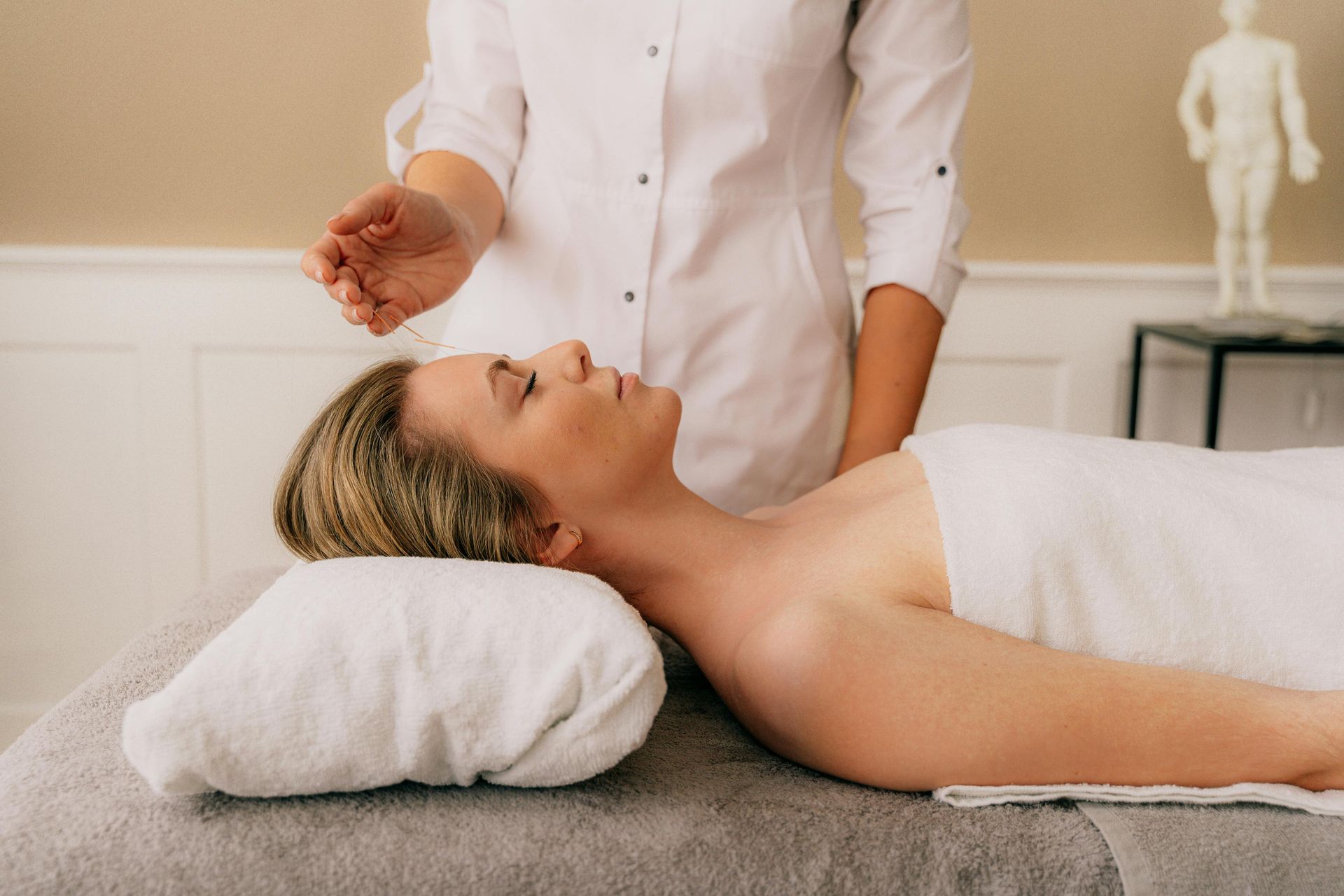Guest Blog: Cleaning Out My Closet

I took a good hard look one morning at the piles of stuff that had accumulated between my jeans and sweaters. It was a misshapen pile that had peculiar characteristics including big dark spots and glimpses of shimmer, it was hard and jagged around the edges but soft and mushy inside. No, it wasn’t loose socks, empty boxes, or unopened mail, it was me. I wasn’t dreaming, but I swore that I could see myself in physical and metaphysical form in my closet that day. My heart sank and slouched to the ground. Knees to chin I rocked back and forth for what seemed like an entire day wondering how I got there. How did I end up on that shelf and how could I find my way back into my own body. My body, I shrieked. What. Is. A. Body and why can’t I feel any part of mine? I touched my toes, not painted calloused soles. I licked my lips, cracked, and broken. I ran my fingers through my hair, rough and thin. I closed my eyes and tried to breathe but every breath stopped short in my chest. What was happening? How did I get this way? I somehow managed to pull myself off the dirty carpet that day and I continued to move through the rest of my day. That’s all I did, I moved through places, interactions, workouts, meals. There were no feelings, because I wasn’t there. I was still on that shelf.
How do I get off the shelf? Am I ever going to feel anything ever again. I walked past a yoga studio everyday to get on the train. One day a sign out front of the studio read, “come inside and feel your body! Baby, it’s cold outside. Okay, I thought, this is it, I’ll try it. That first yoga class was weird, I couldn’t explain how it made me feel but I went back. I went back three more times and then five more times after that and pretty soon I was practicing six times a week, but I still couldn’t tell you why. I practiced for two years, completed my first 200 hour teacher training, and had started teaching and I still couldn’t tell you why.
It was a Sunday, I had been teaching yoga for about four months. A dear friend and fellow yoga instructor told me she was going to take my class. Immediately, I felt shocks of nerves zooming through my body. “I’m nervous! I said to her. She replied, “Rickie, I am here for whatever you have to give. Wow. Right? Think about it, I am here for whatever you have to give. That level of flexibility is something I could only dream about achieving. For the first time since I started practicing yoga I felt something other than those adjectives that I was “supposed to be feeling (tired, strong, healthy etc.) I felt safe. I went home that day and opened my closet to see that the pile of stuff was smaller. The parts that were black began to fade and the parts that were shimmering glistened a little more. As I continued to take in what my friend had said, ideas began to click in my head. In teacher training our leaders told us that yoga was much more than the physical practice, it is a much deeper and broader philosophy that encourages and encompasses a way to live, a way to treat one another, and most importantly, a way to treat the self.
I started to listen, and I started to observe. I took a step back from the rigid expectations I had of myself as a teacher and student and allowed the philosophy to manifest within. The true intention behind the practice and philosophy of yoga is to find stillness, both in the mind and body. The physical, asana, practice of yoga is done in order to help the body sit still. Handstand means nothing if the body cannot rest. Slowly, yoga finally began to make sense. The reason I came to yoga each day was because I was allowed simply to be.
Everyone has their unique reasons for finding and pursuing yoga. If you approach your practice with intention that is truth and that is real. Yoga changed my life by giving me a safe space to uncover layers of myself and were buried beneath many years of neglect. Today, as I continue my studies and research further into the dimensions of counseling and psychology, I am reminded every time I step on my mat that I have everything I already need within to heal. A perspective that took me a long time to actualize, but once I did, other pieces of my life fell into place. The piles of stuff in my closet slowly transformed into significant pieces of my life that I began to recognize as relationship, family, self. I was there all along, buried beneath the layers of stuff, patiently waiting to be uncovered. As you begin to uncover layers of self that have been buried remember to trust in the process that the practice of yoga can bring. Now, I practice both on and off my mat with the intention of, I am just a voice, the yoga does the work.
During Mental Health Awareness, we encourage finding support in whatever format works best for you-whether yoga, acupuncture, visiting a support group specific to your needs for infertility support, trying again after loss, or single parenthood), meditation, and/or speaking with your doctor. Resources, such as, Resolve (866-NOT-ALONE), Star Legacy Foundation, and the Women’s Professional Health Networking Group of clinicians supporting patients going through fertility treatments, pregnancy after loss, struggling in their relationships on the journey, perinatal anxiety, depression, and more (consult with your practitioner at PDtM for more information about these trusted contacts including Alison Lautz below).
Join Pulling Down the Moon for the FREE Webinar Hope & Healing: Simple, Practical Techniques for Coping with Disappointment & Loss on June 3rd at 6pm CST.



